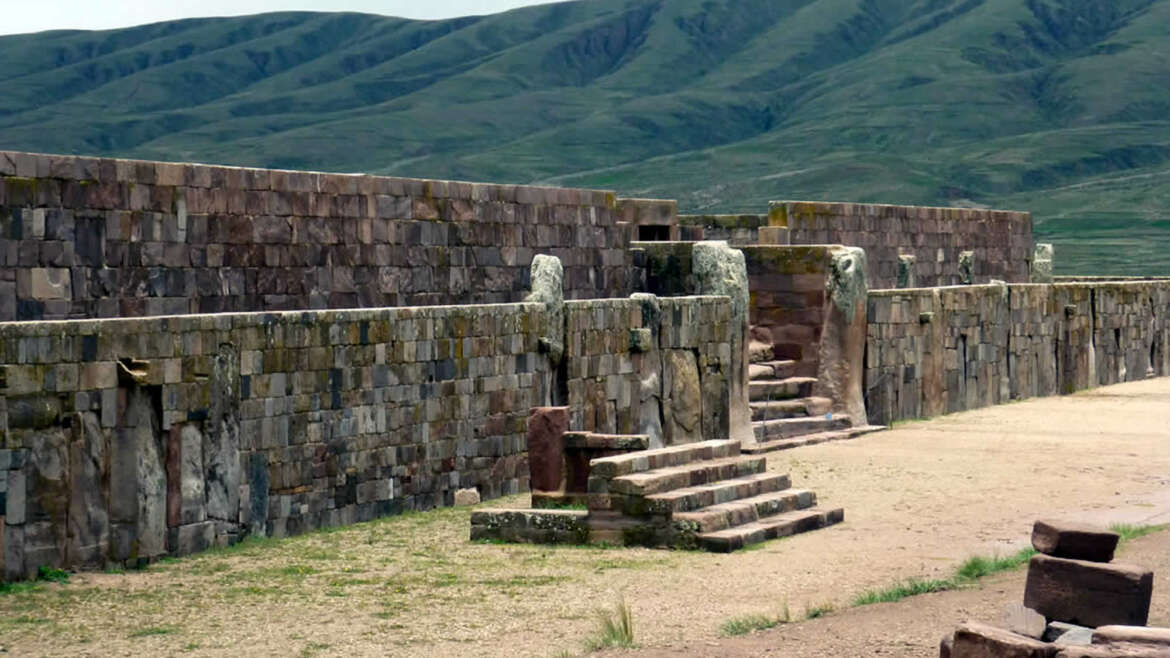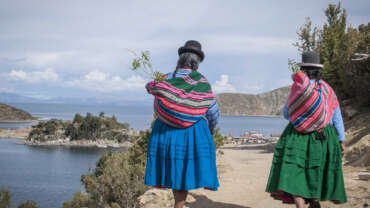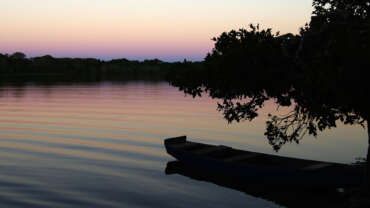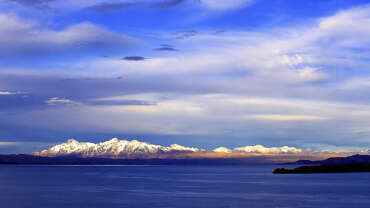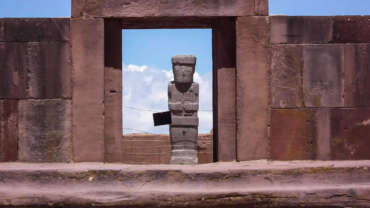Tourist attractions in Potosi
Silver Mines of Potosí
One of the main tourist attractions of Potosi in Bolivia is the Cerro Rico. From the depths of this amazing mountain, huge amounts of silver have been extracted since 1545.
Torotoro National Park
The National Park Toro Toro is located to the north of Potosi, Bolivia. Among the attractions are the cavern of Huma Jalanta, Huaca Senka. There are tracks of dinosaurs, the Inca ruins of Flame Chaqui and cave paintings.
Casa Nacional de la Moneda
The Casa de la Moneda is a vast, elegant, and strikingly beautiful building that takes up a whole city block. In many specialists’ opinion, it is the most important building among the colonial architecture of South America. Its construction began in 1750 and concluded in 1773. The works were in charge of the manufacturer and architect Salvador de Vila.
Vergel Waterfall
The Vergel waterfall is located just three kilometers to the north from Toro Toro Town and offers to its visitors a contrasting landscape after rocky canyon formations.
Huayllas Mountain and the Dinosaur footprints
Huallyas Mountain treasures 80 million year old dinosaur footprints and fossils just five minutes away from Toro Toro town by car.
Umajalanta Cavern
The Umajalanta Cavern is located just 10 kilometers away from Toro Toro town. It is 4600 meters long and offers to its visitors impressive subterranean views of stalagmites and stalactites.
Itas City
Itas city is a unique place 21 kilometers to the west of Toro Toro town with huge rocky formations whose particular shape resembles a real city.
Casa de las Tres Portadas
This construction is also known as ‘Las Recogidas’ (The Cloistered Ones). It used to be a community house for lay sisters, most of whom were Natives. This religious construction belongs to the Franciscan Order.
Plaza 10 de Noviembre
The Main Square, also known as ‘Plaza del Regocijo’ mostly because twice a year, since 1890, this is the site where the Carnival is celebrated, as well as other national holidays. In the past it was the place for bull fights.
Kari Kari Lagoon
In 1575, the viceroy Toledo ordered to build several artificial lagoons east of the city that would be useful to accumulate water during the rainy season, with the intention of using them in the dry periods. The artificial lagoons of Potosi are considered to be one of the main elements of the mining infrastructure.
Arcos de Cobija
Potosi’s elaborate colonial architecture merits a stroll around the narrow streets to take in the ornate doorways and facades, as well as the covered wooden balconies that overhang the streets. Architecturally notable are the Arcos de Cobija on the street of the same name.
Calle Quijarro
Unesco World Heritage North of the Iglesia de San Agustin, Calle Quijarro narrows as it winds between a wealth of colonial buildings, many with doorways graced by old family crests. It’s thought that the bends in Calle Quijarro were an intentional attempt to inhibit the cold winds that would otherwise whistle through and chill everything in their path.
Betanzos
Lajasmayu I and II, these are considered to be the most important sites of rupestrian art within this zone, exhibiting a variety of magnificent samples.
Manquiri
At 14 kilometers of Potosi is the Sanctuary of Manquiri, an architectural sample from the XVIII century. In the past, this place used to be worshipped due to its emanations of steam from the thermal waters that flow underground.
La Puerta del Diablo
La Puerta del Diablo (Devil’s Door) is located six kilometers from Potosi and presents an interesting geological structure made of red sand-stone, a construction that extends all the way to the entrance of the cave.
Tarapaya Lagoon
Known also as the Inca’s Bath, the Tarapaya Lagoon is an extremely famous and constantly visited natural attraction. The lagoon is filled with thermal waters, which give origin to other spring water sites.



